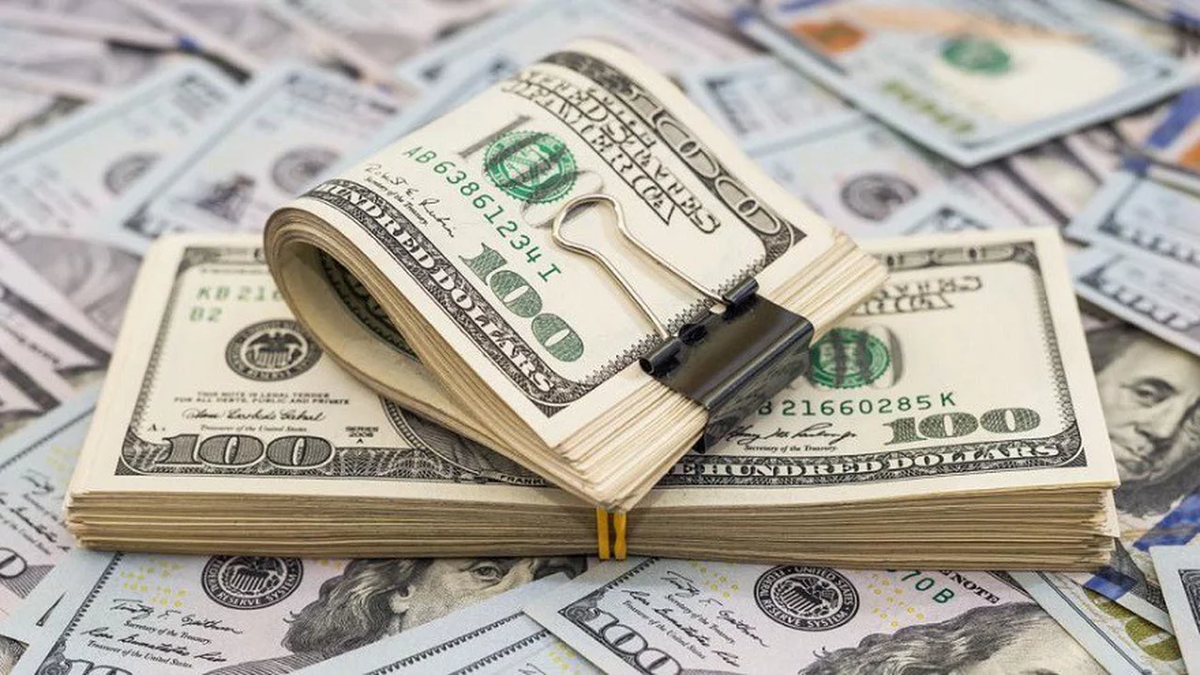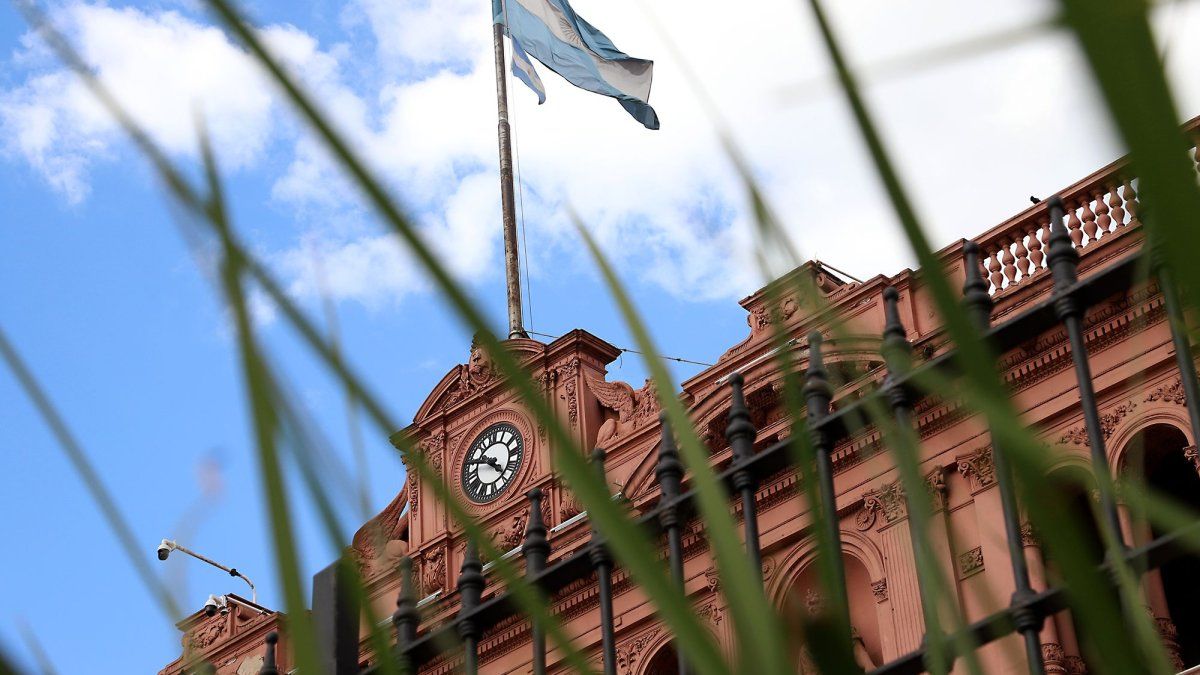The drip fall of foreign currency deposits continues its course. And although the magnitude does not yet jeopardize the ability of the Government to maneuver as a result of the money laundering, the city is closely monitoring this variable. Since October 31, US$2,852 million have already left bank accounts in dollarsan amount that is equivalent to about 14% of the cash laundered in the first stage of the Asset Regularization Regime.
He bleach It was one of the key factors for the Government to achieve the current exchange rate calm, with compression of the gap and purchases of dollars by the Central Bank. Because? This flow of foreign currency, which increased the stock of deposits in foreign currency, generated the ceiling for the growth of bank loans in dollars to companies and for the boom in the issuance of negotiable obligations, a process enhanced by bets on the “carry trade” which increased the supply of foreign currency and more than compensated for the current account deficit.
That’s why Both city officials, analysts and operators closely monitor the level of foreign currency deposits.. The first stage of laundering, which allowed cash to be deposited, closed on November 8. According to data from the Customs Collection and Control Agency (ARCA, former AFIP), assets worth US$23,321 million were declared, of which US$20,631 million were received in cash. From that day until December 11 (latest data available at the closing of this note), deposits in dollars fell by US$2,422 million.
Dollar Deposits: Drip Drain Details
He peak of deposit stock in foreign currency it occurred on October 31: US$34,611 million. Starting the next day, those who deposited up to US$100,000 during October or the previous months were able to withdraw the laundered money, free of charge (as of October 1, those who deposited it before the extension could withdraw it).
image.png
Source: Amílcar Collante
So, In the 27 rounds that occurred from November 1 to this point, there were only three in which the stock of deposits in foreign currency did not fall. The accumulated figure drops by US$2,852 million. Although the drip output trend does not stop, the truth is that the amount equivalent to 13.8% of the cash received from laundering. That is to say that, for the moment, more than 86% remain in the system. In any case, analysts consider that it will be key to the Government’s plan that the drainage does not accelerate.
The consultant 1816 He pointed out that, in a context in which the BCRA accumulates purchases for more than US$1,150 million so far in December, “a less encouraging dynamic, although still far from being worrying, is that of private deposits in dollars ”. The economist Hamilcar Collantemeanwhile, calculated that between November and the first eight rounds of December, practically all of the increase in stock recorded in October was withdrawn.
Where do the laundered dollars go?
Some operators point out that part of these withdrawals end up in some type of investment, such as real estate. Although it does not seem to be the main factor.
In dialogue with Scopethe financial analyst Christian Butler He maintained: “I think that (the money withdrawn) is again outside the system as before, in safe deposit boxes, mattressesetc. “They took advantage of the fact that they could launder practically for free, but not everyone still has enough confidence in the system to leave the dollars.”
“Likewise, the whitewashing was a success.: at least until now, much more has remained in the system than we all imagined could remain a priori; It bleached more than expected and a significant percentage remained,” said Buteler.
Going forward, it will be key that this trend does not accelerate. The economic team is committed to extending the “carry trade” cycle that increases the supply of foreign currency and allows the BCRA to buy foreign currency. To do this, you need to give credibility to the idea that the exchange rate will move downwards (from 2% to 1% monthly) and that the gap will remain limited, maintain an interest rate in pesos that beats the “crawling peg.” and also maintain a large stock of deposits in foreign currency that feeds credit in dollars.
Source: Ambito
I am Pierce Boyd, a driven and ambitious professional working in the news industry. I have been writing for 24 Hours Worlds for over five years, specializing in sports section coverage. During my tenure at the publication, I have built an impressive portfolio of articles that has earned me a reputation as an experienced journalist and content creator.




